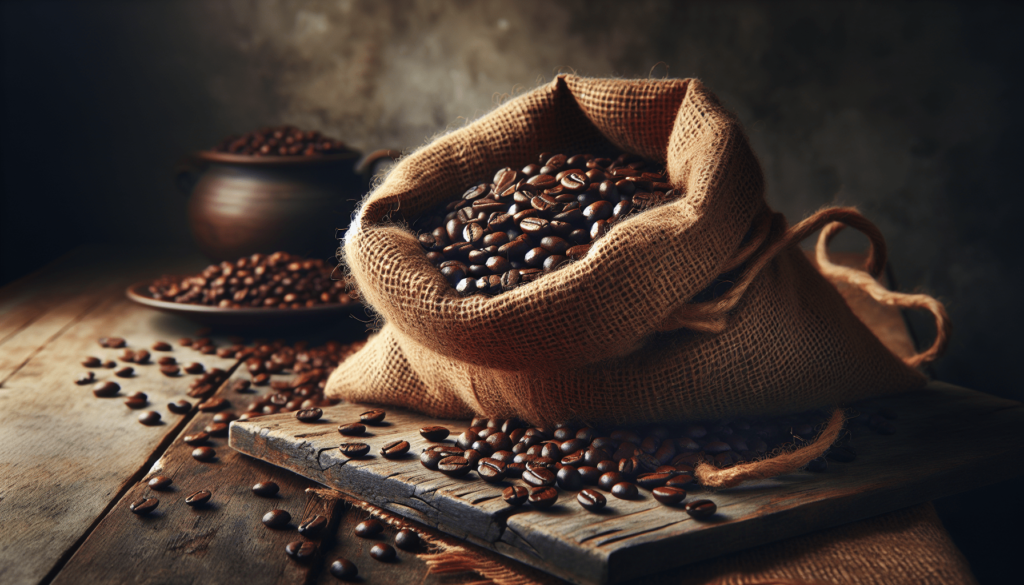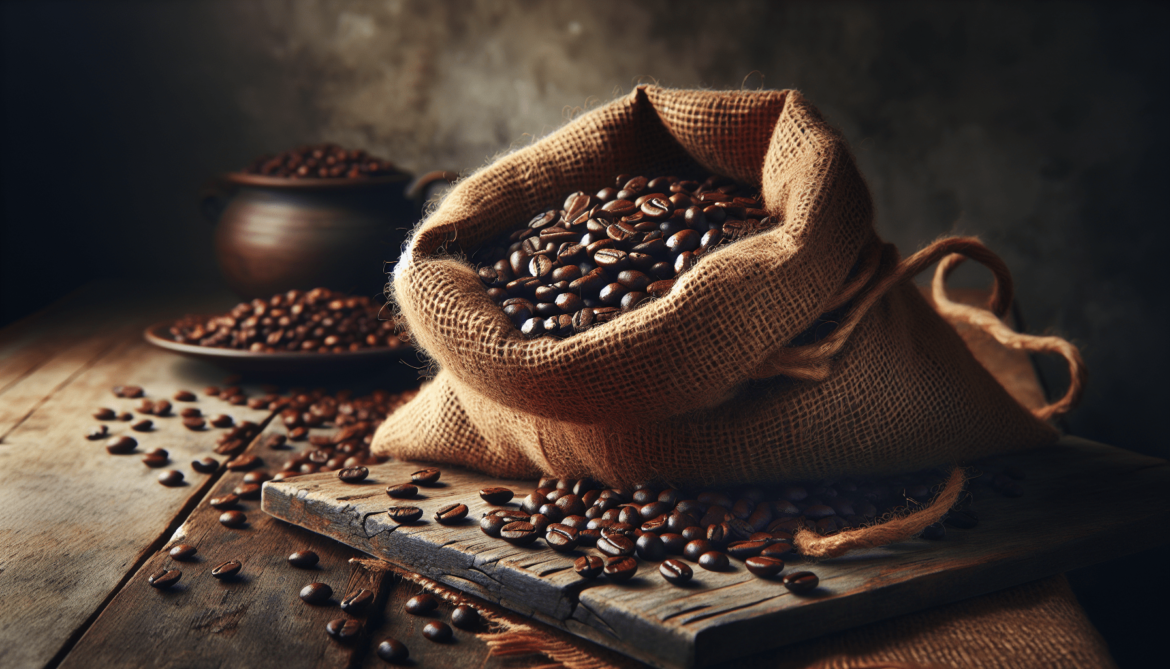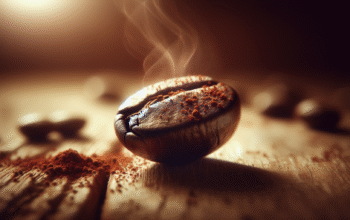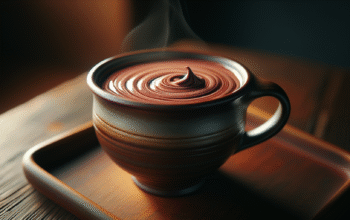What’s your favorite way to start the day? For many, it’s with a cup of freshly brewed coffee. If you’re a coffee lover, you might be interested in whole bean coffee. Not only does it provide a richer flavor, but it also offers a more aromatic experience compared to pre-ground options. Let’s take a closer look at this delightful world of coffee and why you might want to make the switch.

What is Whole Bean Coffee?
Whole bean coffee refers to coffee that is sold in unground form. Instead of purchasing pre-ground coffee, you buy the beans themselves, which you’ll need to grind before brewing. This method locks in the coffee’s freshness and flavor until you’re ready to brew. You can choose various coffee beans depending on your taste preferences and the grind size you need for your brewing method.
The Advantages of Whole Bean Coffee
You may be wondering, why should you choose whole bean coffee over pre-ground? Let’s look at some of the advantages that come with this choice.
- Freshness: When you buy whole beans, they retain their natural oils and flavors until you grind them, keeping them fresher for longer.
- Flavor variety: Coffee beans come from different regions and have distinct flavor profiles. Whole beans allow you to explore various tastes and aromas.
- Customization: Grinding your beans lets you control the coarseness or fineness, optimizing your brew method and personal taste.
- Quality: Whole beans often come from specialty roasters who focus on high-quality products, giving you a better coffee experience overall.
How to Choose Quality Whole Bean Coffee
Selecting quality whole bean coffee can be overwhelming with so many options available. Here are some tips to help you make the right choice:
- Look for freshness: Check the roast date. The best flavor comes from coffee roasted within the last few weeks.
- Consider the origin: Different regions produce unique flavors and characteristics. Experiment with beans from various countries to find your favorite.
- Read reviews: Look for recommendations from fellow coffee lovers or online reviews to find brands that offer quality products.
- Taste profiles: Choose according to your taste preference, whether you enjoy fruity, nutty, bold, or earthy flavors.
Understanding the Coffee Bean Types
When you start looking into whole bean coffee, you’ll quickly notice the variety of beans available. The two most popular types of coffee beans are Arabica and Robusta. Each has its unique qualities and flavors.
Arabica Beans
Arabica beans are known for their smooth flavor and aromatic qualities. They are typically grown at higher elevations and are more sensitive to climate and soil conditions, which contribute to their unique taste profile. Some characteristics of Arabica beans include:
| Characteristic | Description |
|---|---|
| Flavor | Sweet and mild, with hints of fruit or sugar |
| Acidity | Higher acidity, leading to a bright taste |
| Caffeine content | Lower caffeine content compared to Robusta |
| Price | Generally more expensive due to cultivation |
| Common regions | Latin America, Africa, and parts of Asia |
Robusta Beans
Robusta beans have a bolder, earthier flavor and are known for their higher caffeine content. They’re easier to grow and more resistant to pests and diseases, making them less expensive. Key characteristics of Robusta beans are:
| Characteristic | Description |
|---|---|
| Flavor | Strong, bitter, and woodsy |
| Acidity | Lower acidity, often more robust |
| Caffeine content | Higher caffeine content than Arabica |
| Price | Generally less expensive |
| Common regions | Africa, Southeast Asia, and South America |
Different Brewing Methods for Whole Bean Coffee
Once you’ve chosen your whole bean coffee, the next step is deciding how to brew it. Each method has its advantages and can highlight different flavors in your coffee. Here are some popular brewing techniques:
Drip Coffee Maker
A drip coffee maker is one of the most common methods for brewing coffee. You simply measure out the whole beans, grind them, and add the coffee to the filter. The water drips through the coffee grounds, extracting flavors as it brews. This method is convenient for making multiple cups of coffee at once.
French Press
The French press involves steeping coarse coffee grounds in hot water, allowing the flavors to meld and intensify. After steeping for several minutes, you press down a metal or plastic plunger, separating the grounds from the liquid. This method produces a rich, full-bodied cup of coffee.
Espresso Machine
If you enjoy strong coffee, an espresso machine could be your best friend. Espresso requires finely ground coffee, which is compressed and brewed under high pressure. The result is a concentrated shot of coffee that serves as the base for various drinks like lattes or cappuccinos.
Pour-over
Pour-over coffee involves slowly pouring hot water over coffee grounds in a filter. This method allows for precise control over brewing time and water temperature, producing a clean and refined cup of coffee. Popular pour-over devices include the Chemex and Hario V60.
Cold Brew
Cold brew coffee is made by steeping coarsely ground coffee beans in cold water for an extended period, usually 12-24 hours. This method creates a smooth, less acidic coffee that’s often enjoyed iced. It’s perfect for hot summer days or if you prefer a milder taste.
Grinding Your Whole Beans
The grind size of your whole beans can significantly influence the flavor and strength of your coffee. Here’s a quick guide to help you choose the right grind size for each brewing method:
| Brewing Method | Recommended Grind Size |
|---|---|
| Drip Coffee Maker | Medium |
| French Press | Coarse |
| Espresso | Fine |
| Pour-over | Medium-fine |
| Cold Brew | Coarse |
When grinding your coffee, it’s essential to invest in a good quality burr grinder. Burr grinders ensure a consistent grind size, which is crucial for achieving the desired flavor profile in your coffee.

Storing Whole Bean Coffee
To maintain the freshness of your whole bean coffee, proper storage is vital. Here are some tips to keep your beans at their best:
- Use an airtight container: A container that seals out air will prevent oxidation and keep your coffee fresh.
- Keep away from light: Light can degrade coffee beans, so storing them in a dark place is best.
- Store in a cool place: Avoid storing coffee beans in warm areas like above a stove or next to heating vents. A pantry or cupboard is ideal.
- Avoid the fridge: Storing coffee beans in the refrigerator can introduce moisture and unwanted odors. It’s best to keep them in a dry environment.
Common Whole Bean Coffee Myths
Just like any beloved beverage, coffee has its fair share of myths and misconceptions. Let’s tackle a few of these to help you separate fact from fiction.
Myth 1: All Coffee is Bad for You
While excessive caffeine consumption can lead to health issues, moderation is key. Many studies suggest that coffee may have health benefits, including improved brain function and a lower risk of certain diseases.
Myth 2: Dark Roast Coffee Has More Caffeine
Contrary to popular belief, dark roast coffee contains slightly less caffeine than light roast. The roasting process reduces caffeine content, so if you’re seeking a caffeine boost, light roast may be your better choice.
Myth 3: Coffee Should Always Be Served Hot
While hot coffee is traditional, cold brew is gaining popularity for its smoothness and refreshing qualities. Don’t be afraid to enjoy coffee in different forms!
Myth 4: The Best Coffee Comes from Fancy Shops
Many excellent coffee roasters are small, local businesses. Experimenting with different brands can lead you to discover unique and delightful flavors.
The Future of Whole Bean Coffee
The coffee industry continues to evolve, and whole bean coffee is no exception. Sustainability and ethical sourcing are becoming increasingly important to consumers. Many coffee roasters are focusing on environmentally friendly practices and fair trade partnerships, ensuring coffee farmers receive fair compensation for their work. This trend not only benefits the environment but also promotes social responsibility throughout the coffee supply chain.
Sustainable Coffee Practices
If you’re passionate about sustainability, consider looking for coffee labeled as organic or fair trade. These certifications ensure that the coffee has been produced with sustainable practices while supporting the livelihoods of farmers. Brands that prioritize sustainability are becoming more prevalent, offering a delicious cup of coffee with an ethical twist.
The Rise of Craft Coffee Roasters
Craft coffee roasting has gained immense popularity as consumers seek high-quality, unique flavors. Many small roasters focus on direct sourcing, establishing relationships with coffee farmers and ensuring fair compensation for their beans. Trying coffee from these roasters allows you to enjoy diverse flavor profiles while supporting local businesses.
Conclusion
Whole bean coffee offers a delightful way to enrich your coffee experience. By choosing quality beans, understanding the various brewing methods, and exploring different flavors, you can elevate your daily ritual into something truly special. The world of whole bean coffee is vast and ever-evolving, providing endless opportunities for discovery.
Whether you’re a casual coffee drinker or an aficionado, embracing whole bean coffee can lead to a more flavorful and fresh experience. So, why not give it a try? Enjoy the journey of finding your favorite beans and brewing methods, and savor every sip along the way!



